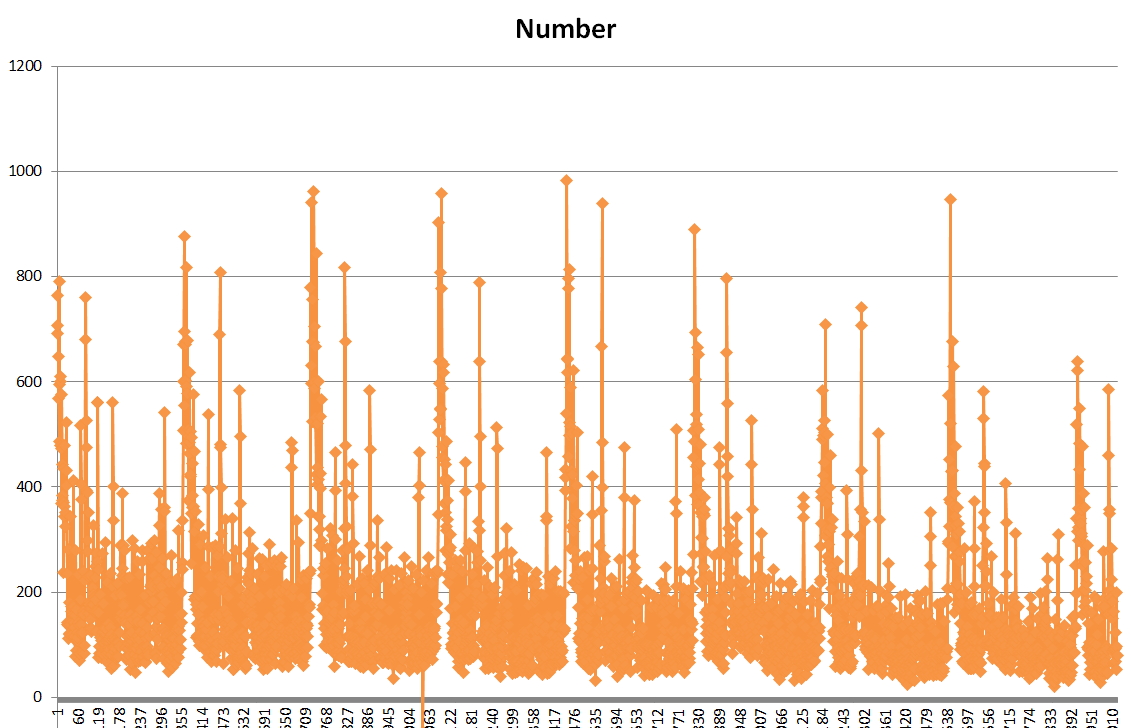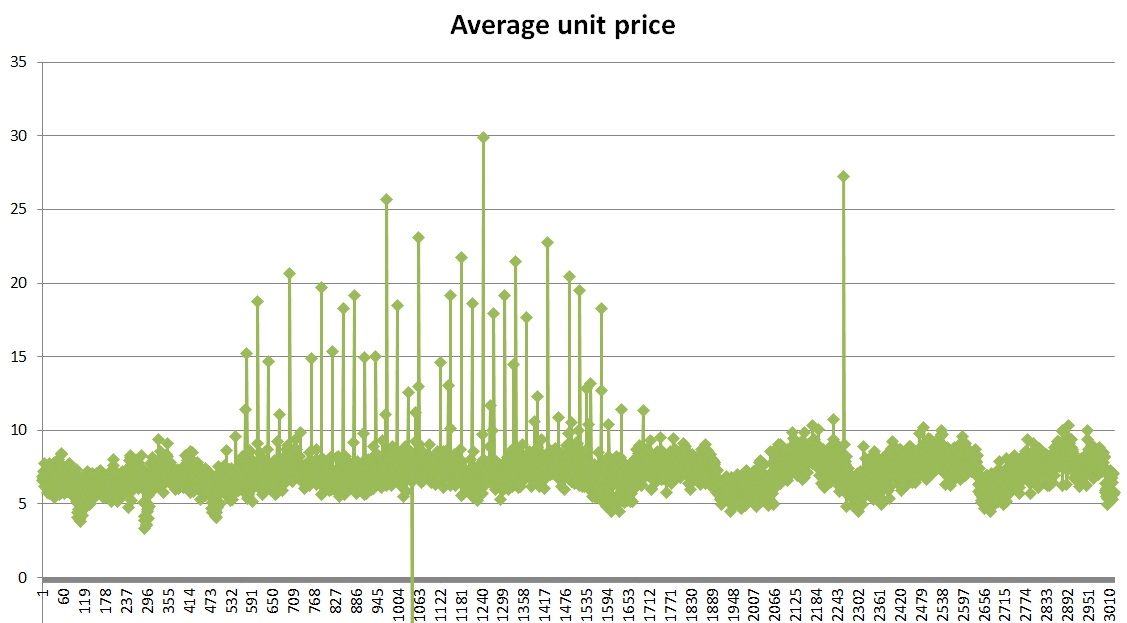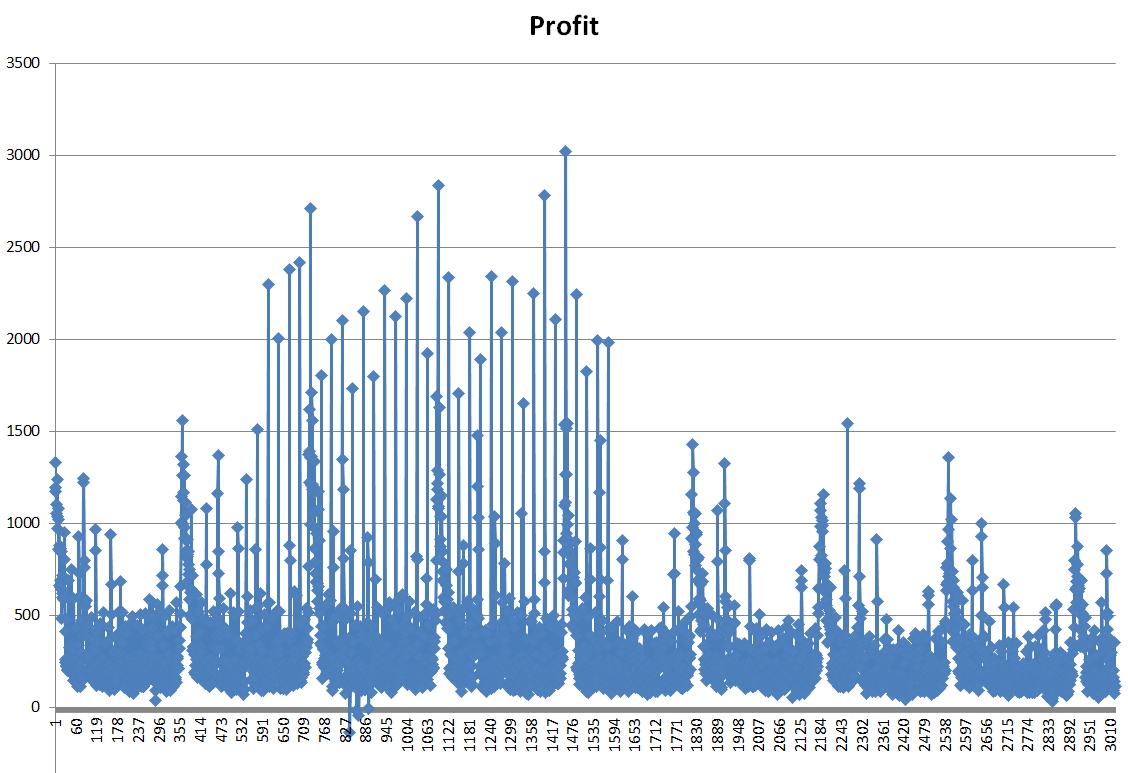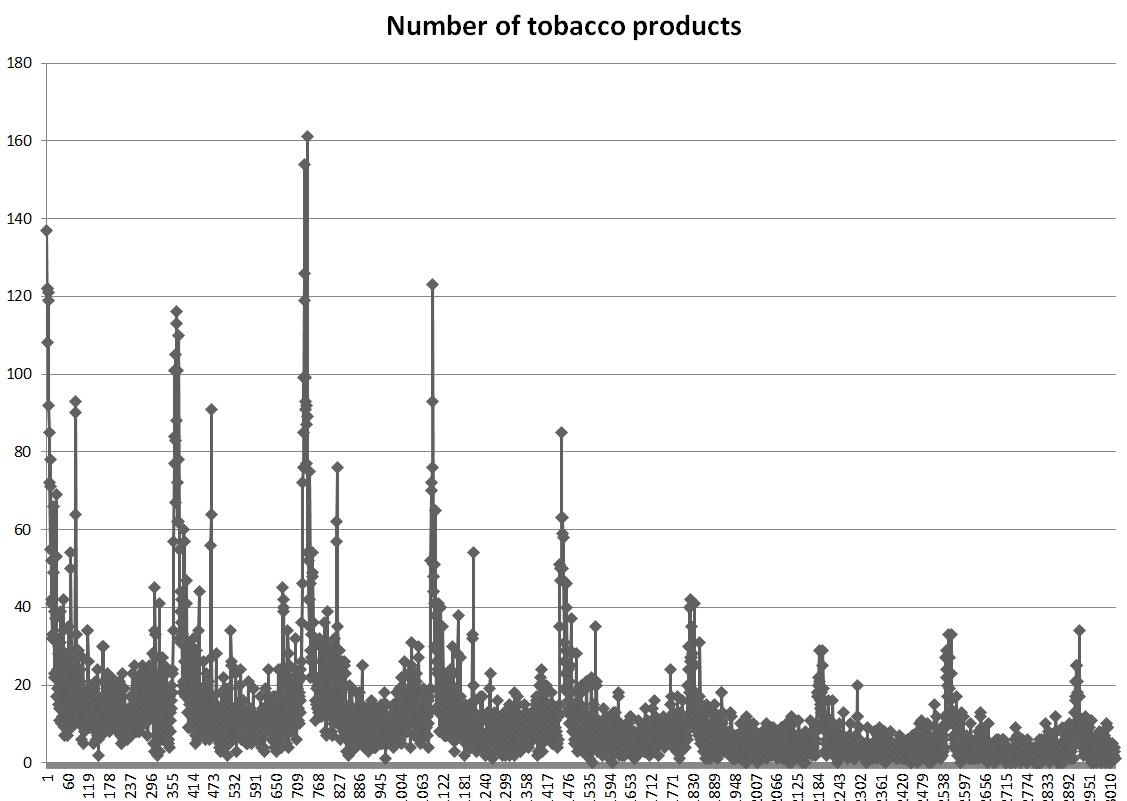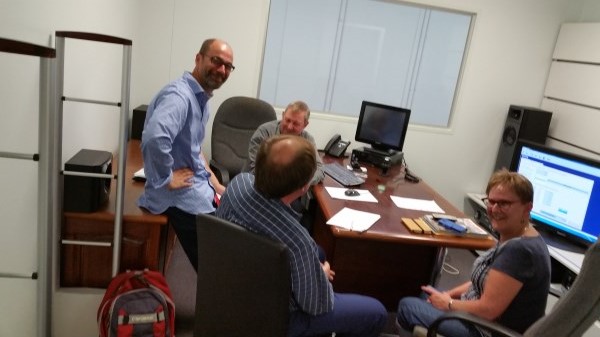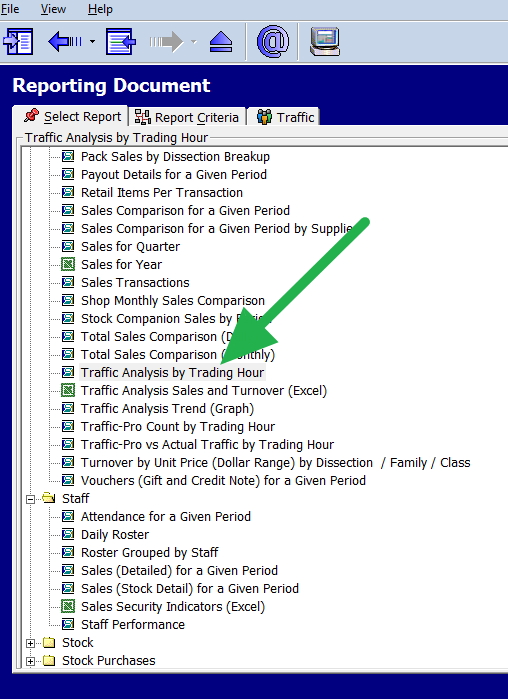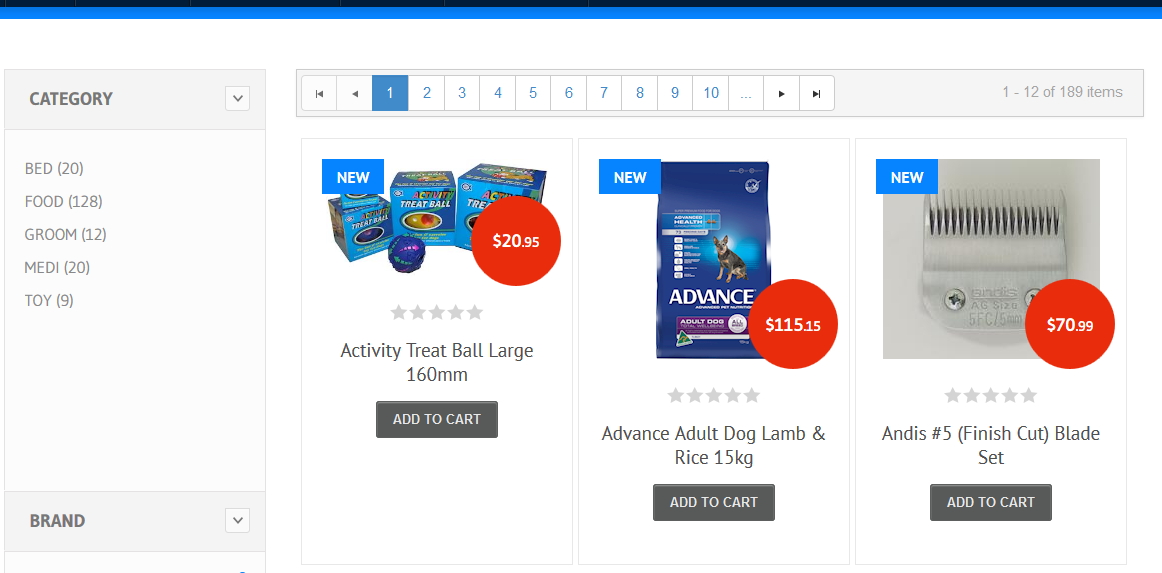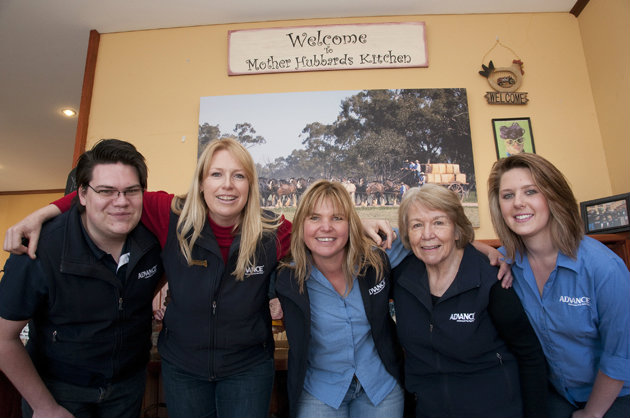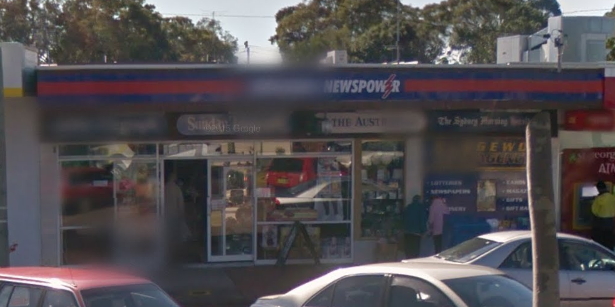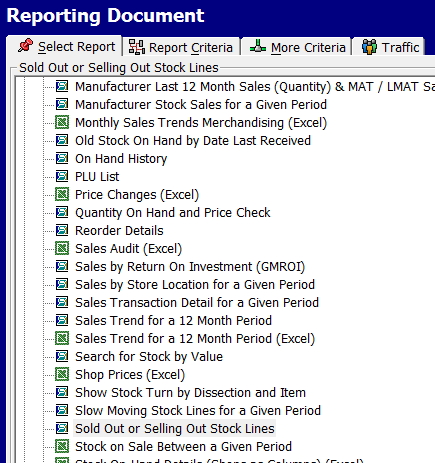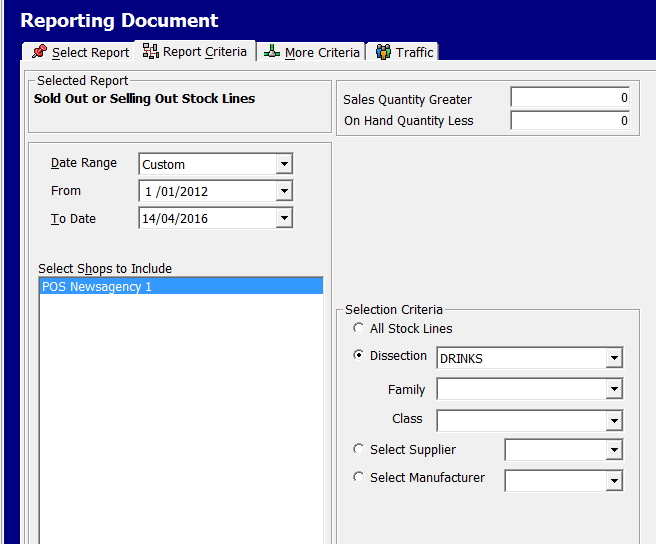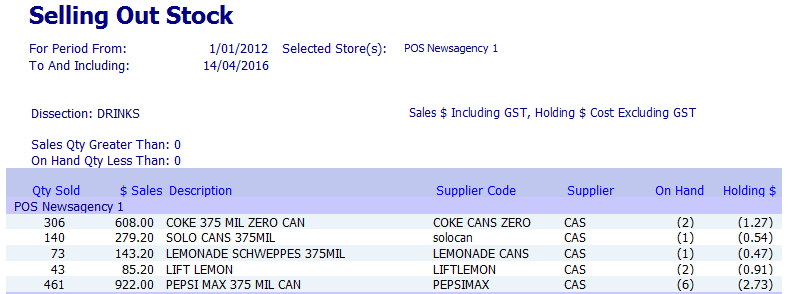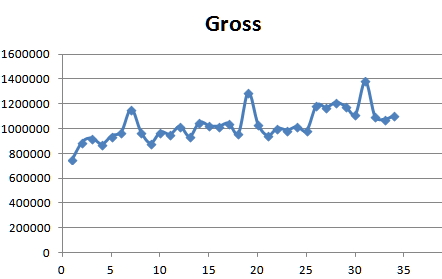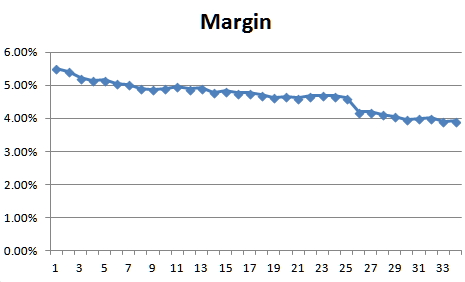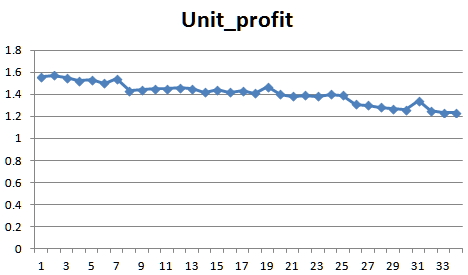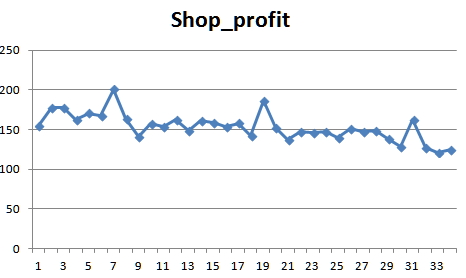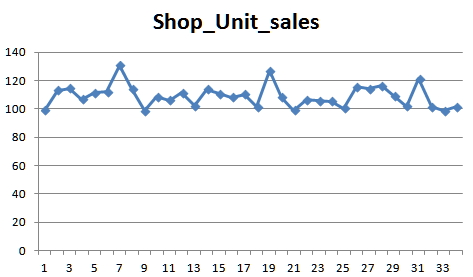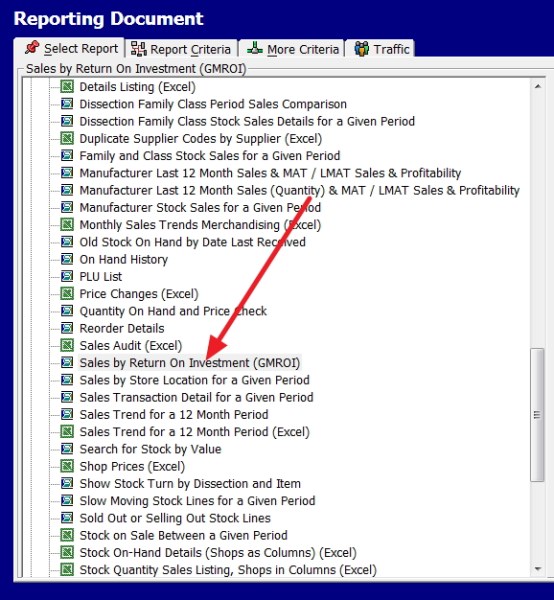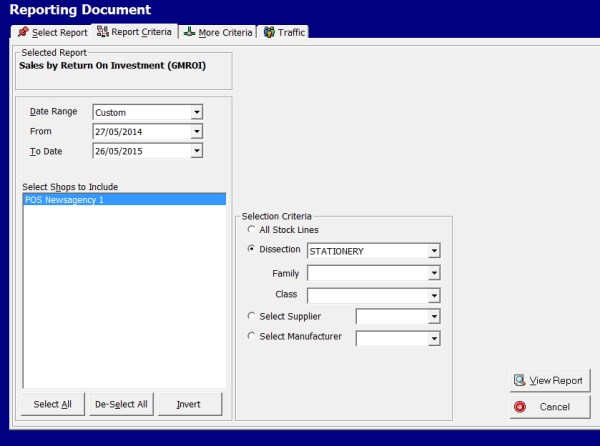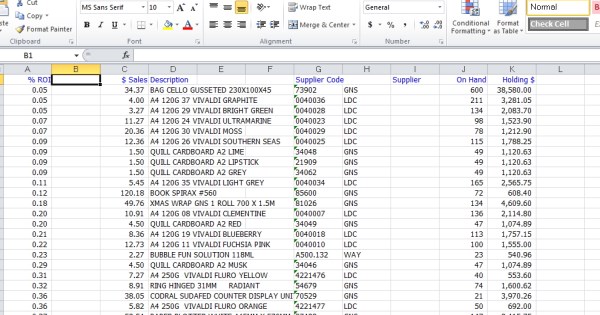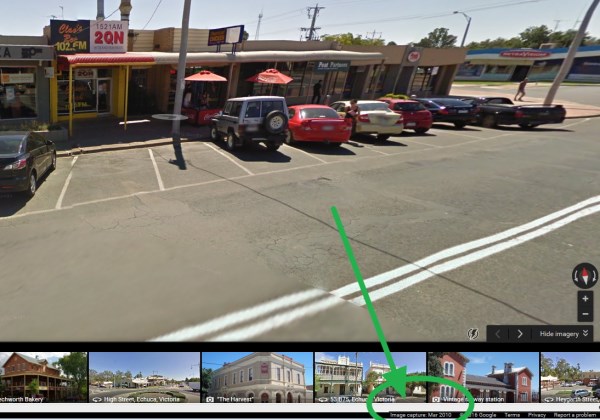To estimate this, I would use the following assumptions.
1) I would look at a three (3) year period, anything over that I would consider a bonus. Many SMB businesses will use, however, five (5) years. I am dubious of that as after three years to get effective use of your system it needs an update. At the very least, a new main computer (server) needs to be replaced otherwise the system is running to slow. This is particularly true if you are paying for time with staff.
2) Depreciation The ATO standard is a value drop of 25% a year for computers and a laptop of 33.33%. These figures I feel are realistic.
3) The cost of capital, I would recommend using as a starting point 8% but many of you will have it much lower than that. This is only an initial guess, for example, a rental over three (3) year of $6,000 is now about $1,800 a year, over five (5) years its about $1,500.
4) Maintenance costs As a rule, the best advice in a business environment is if it aint broken do not play with it. This is particularly true the better you are in computers. We frequently get big support calls after the clever nephew who knows this computer stuff helped out. This is partly because unfortunately the rule of not doing anything does not work as computers now do need monitoring and maintenance. Under the hood the operating system, the antivirus system, in fact, every bit of software today is all automatically updated. Seriously when the last time, you actually manually undated some software?
The other point is its is a difficult one to estimate as a general rule maintenance often tends to be big or zero. For example, a client split a cup of coke over the laptop. The laptop shorted out and it was a total loss.
Still computers are a mechanical device, that do get old. All will fail eventually. It's just a matter of time. In the first year, this is not an issue as we provide a complete hardware solution. Still people that budget tend to use about 15% of the purchase price on repairs and maintenance on year one with about a 20% increase a year after that.
5) Extras such as electricity. These charges do add up. Say your computer uses 350-400 watts, in a business environment. I would say you would be looking during the day between 250W and 310W/hour at say 20 cents a KW say for 12 hours a day, seven days a week or 365.25 days per annum, is (.250+.310)/2 x 0.20 x 12 x 365.25 = $245 a year of electricity.
So if I was looking at a computer of $6,000.
Annual value drop is 25% of $6,000 = $1,500 so for three years its 3 x $1,500 = $4,500.
The cost of capital is 8% of $6,000 = $480 a year so for three years, its about 3 x $480 or about $1,500.
Maintenance costs are for two years of 15% x $6000 = $1,800 (Note I have not put the increase in that)
Electricity 3 years at $250 = $750
As the cost of this computer at the end of three (3) years, is I would say $4,500+$1,500+$1,800+$750 = $8,550. Interestingly over half is depreciation, and all of these costs can be claimed on tax.
However, strictly speaking the computer worth based on this is still $1,500, so the cost is actually $7,050. This works out to $2,350 a year.
This of course as noted earlier does not take into account the time you are paying employees. Often what we find is that the costs of operating and maintaining the legacy system exceed the cost of modernization.
I hope all of this helps.


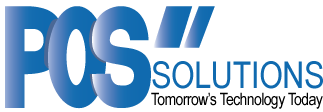

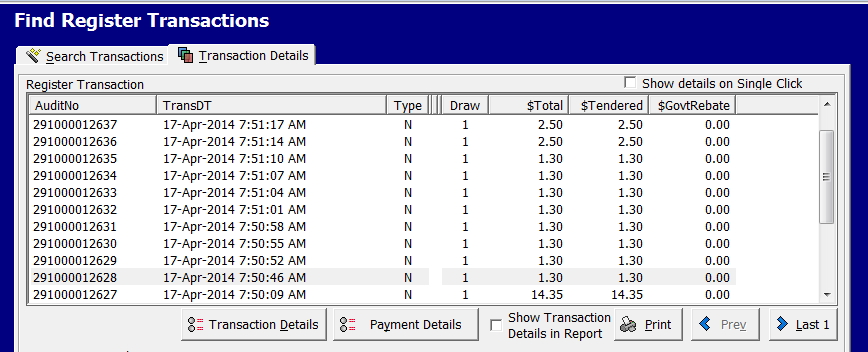
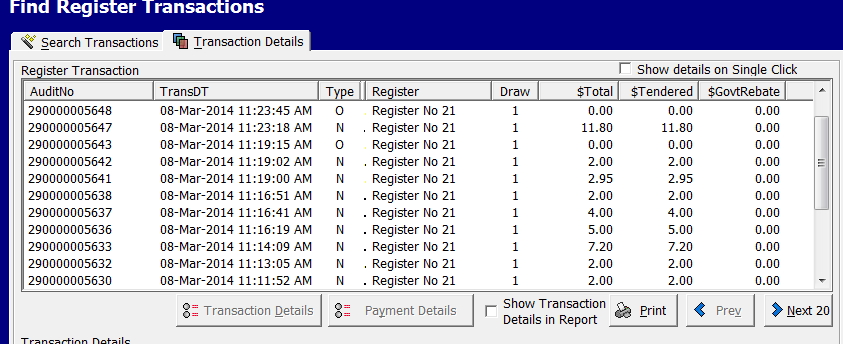
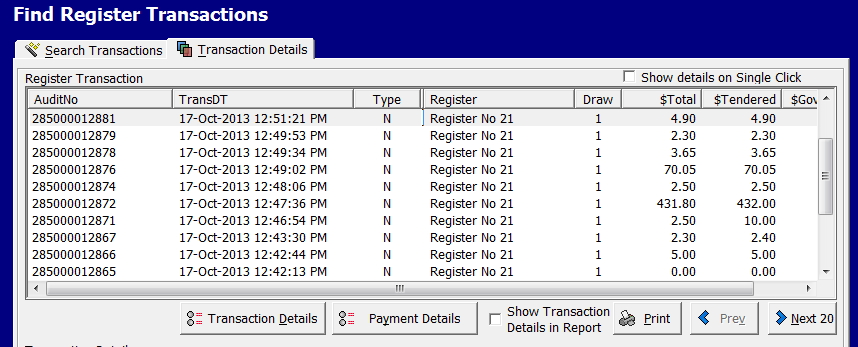
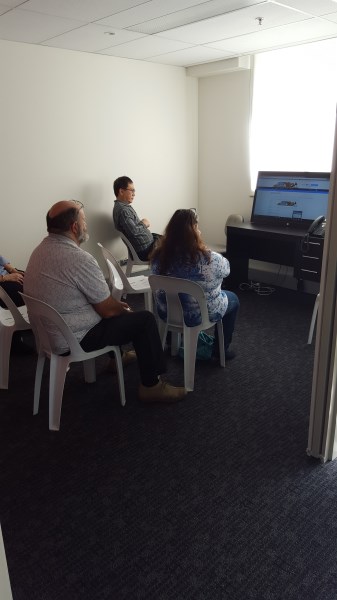
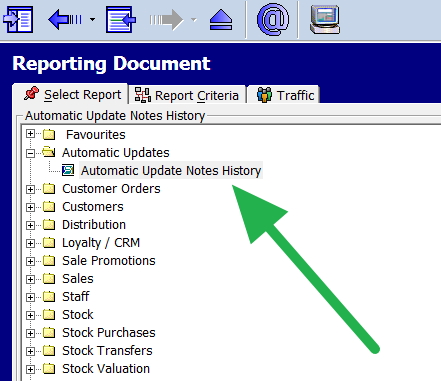
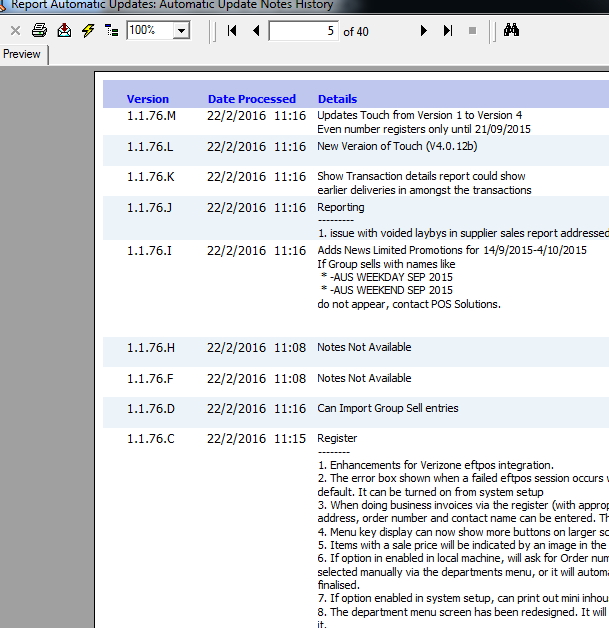
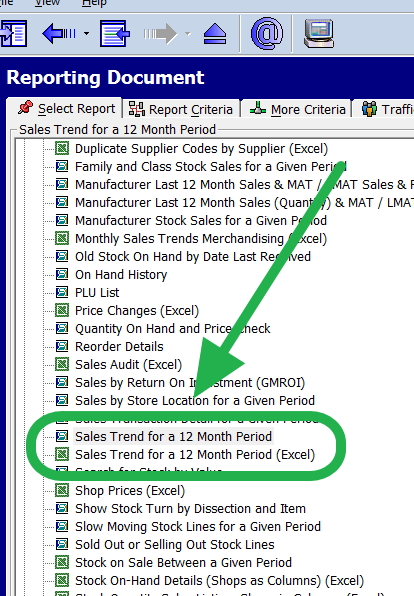 iness is
iness is 

